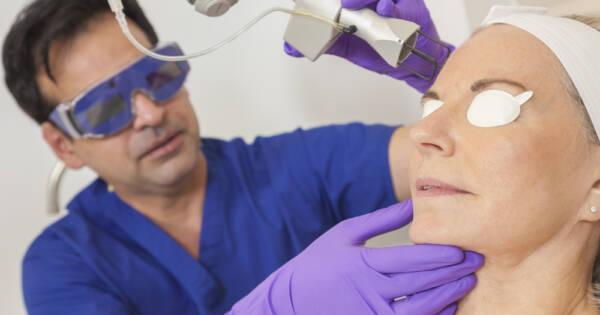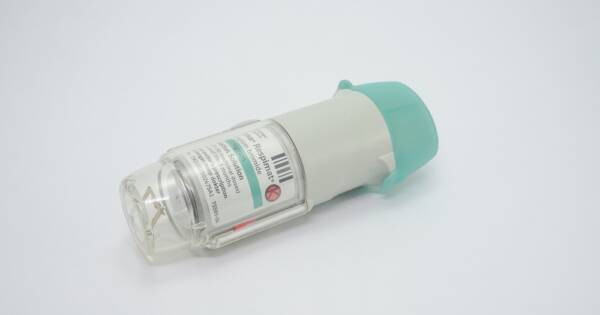In today’s hyperconnected world, technology has become an integral part of our lives, shaping how we work, socialize, and even relax. However, the constant stream of notifications, emails, and social media updates can be overwhelming. This has sparked growing interest in the concept of a “digital detox,” where individuals intentionally disconnect from screens for a period of time. While research into its long-term health benefits is still evolving, many people report feeling more refreshed, focused, and mentally clear after taking breaks from technology.
The Mental Toll of Excessive Screen Time
Excessive screen time can significantly impact mental health, leading to heightened levels of stress and anxiety. Constant notifications and information overload can overwhelm the brain, causing difficulty in processing emotions and increasing feelings of anxiety.
Moreover, social media use, often filled with curated, idealized versions of life, can lead to feelings of inadequacy, depression, and loneliness. The constant need for validation through likes or comments can make individuals more vulnerable to mental health challenges like low self-esteem or social comparison.
Additionally, studies have shown that too much screen time can disrupt sleep patterns, which exacerbates stress and anxiety levels. Screen time before bed, especially exposure to blue light, interferes with the body’s natural production of melatonin, a hormone that regulates sleep. The cycle of poor sleep and excessive screen exposure can create long-lasting mental health issues, making it critical to step back and reassess digital habits.
The Physical Effects of Screen Overuse
Spending too much time glued to screens can have damaging effects on physical health as well. One of the most common issues is eye strain, or “computer vision syndrome,” which occurs when the eyes are exposed to digital screens for long periods without breaks. Symptoms include dry eyes, blurred vision, and headaches.
Poor posture while using devices can lead to neck, shoulder, and back pain, a phenomenon often called “tech neck.” Long periods of sitting or lying down with a device can also contribute to musculoskeletal issues and hinder physical activity, increasing the risk of obesity and cardiovascular problems.
Additionally, as we mentioned, overuse of technology can disrupt sleep cycles by interfering with melatonin production, making it harder to fall asleep and achieve deep rest. Physical inactivity, combined with poor sleep and eye strain, creates a dangerous trifecta that can slowly erode overall health if not managed properly.
Strategies for a Successful Digital Detox
A digital detox doesn’t have to be drastic to be effective. Start by setting screen time limits for apps or devices. Many smartphones and apps now offer built-in time management tools that allow you to track and limit usage. You should also consider designating “tech-free zones” in your home, such as the bedroom or dining area, to create spaces for relaxation and mindfulness.
Further, scheduling regular breaks, like the 20-20-20 rule (every 20 minutes, look at something 20 feet away for 20 seconds), can help alleviate eye strain and reduce overall screen fatigue. Another effective strategy is to turn off notifications to minimize distractions and regain focus.
You can also try spending more time outdoors or engaging in offline hobbies, like reading or exercise, to disconnect and reset. It’s essential to establish tech-free periods in your day, such as a digital-free morning routine or a screen-free hour before bed, to create a healthier relationship with technology.
The Benefits of Reducing Screen Time
Reducing screen time offers numerous health benefits, both mental and physical. One of the most immediate improvements is better sleep quality. By cutting back on late-night screen use, you can enhance melatonin production, leading to deeper, more restful sleep.
A digital detox also helps to reduce anxiety and improve mental clarity. Without the constant barrage of notifications and information overload, you can focus more easily and enjoy moments of mindfulness. Physically, taking breaks from screens alleviates eye strain and reduces the risk of tech neck, improving posture and overall well-being.
Furthermore, limiting screen time encourages more physical activity, whether it’s walking, exercising, or engaging in hobbies, which improves cardiovascular health. Lastly, by spending less time online, people often find they have more meaningful interactions with others. This may foster better relationships and a greater sense of fulfillment.
Learn More About the Power of a Digital Detox
Taking breaks from technology is a powerful step toward improving both mental and physical well-being. A digital detox helps reduce anxiety, eye strain, and physical discomfort while improving focus, sleep, and overall mood.
By setting healthy boundaries with screens, you can regain balance in your life, allowing for more mindfulness and personal connections. Whether through tech-free zones, time limits, or regular breaks, a digital detox provides an opportunity to reset and recharge. Continue exploring the benefits and strategies of a digital detox to discover how it can transform your health and daily routine.




